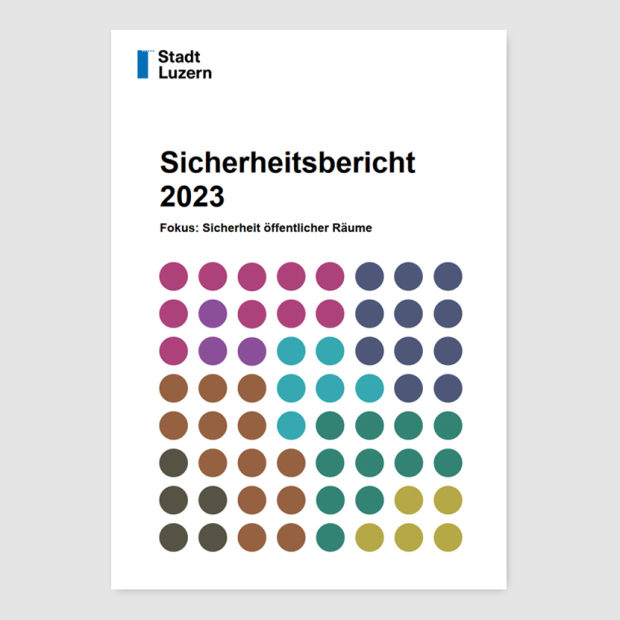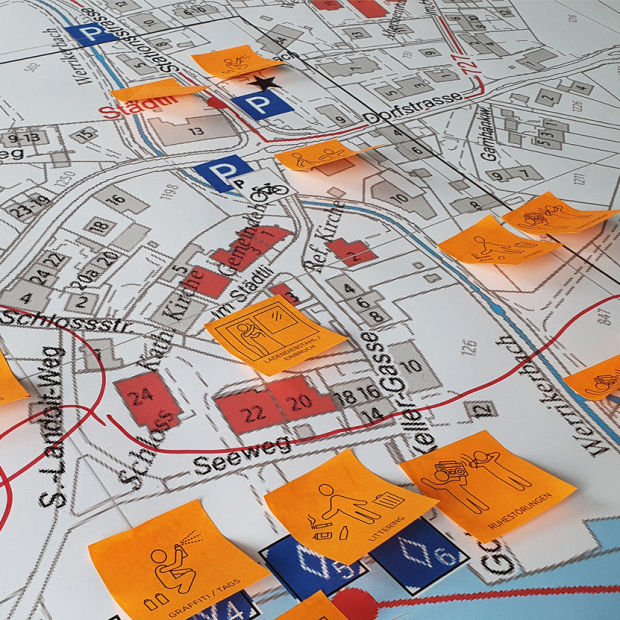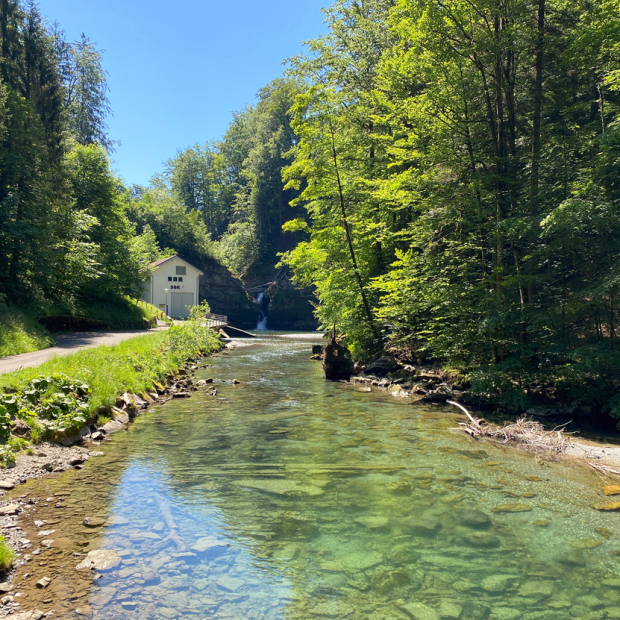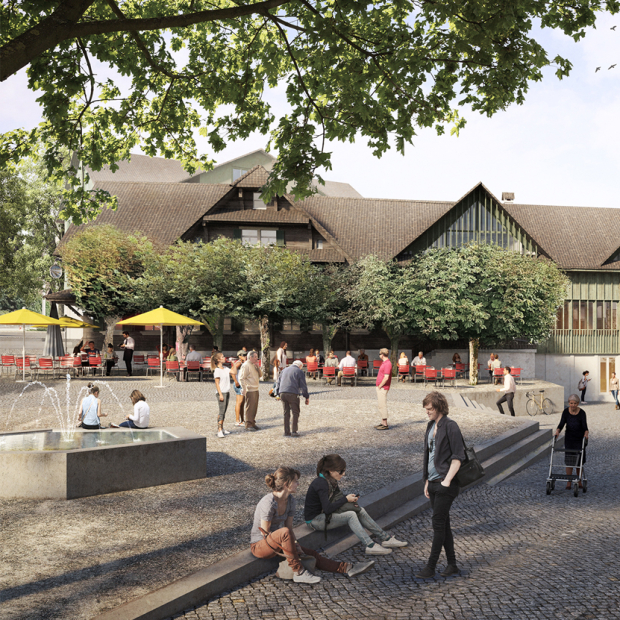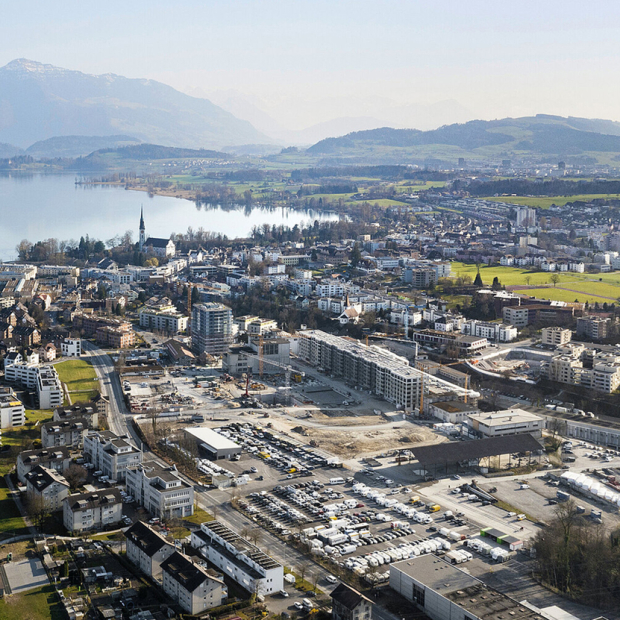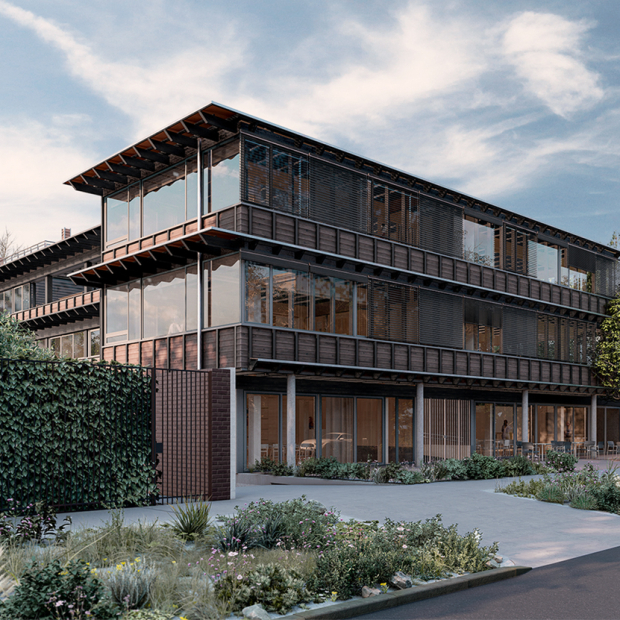
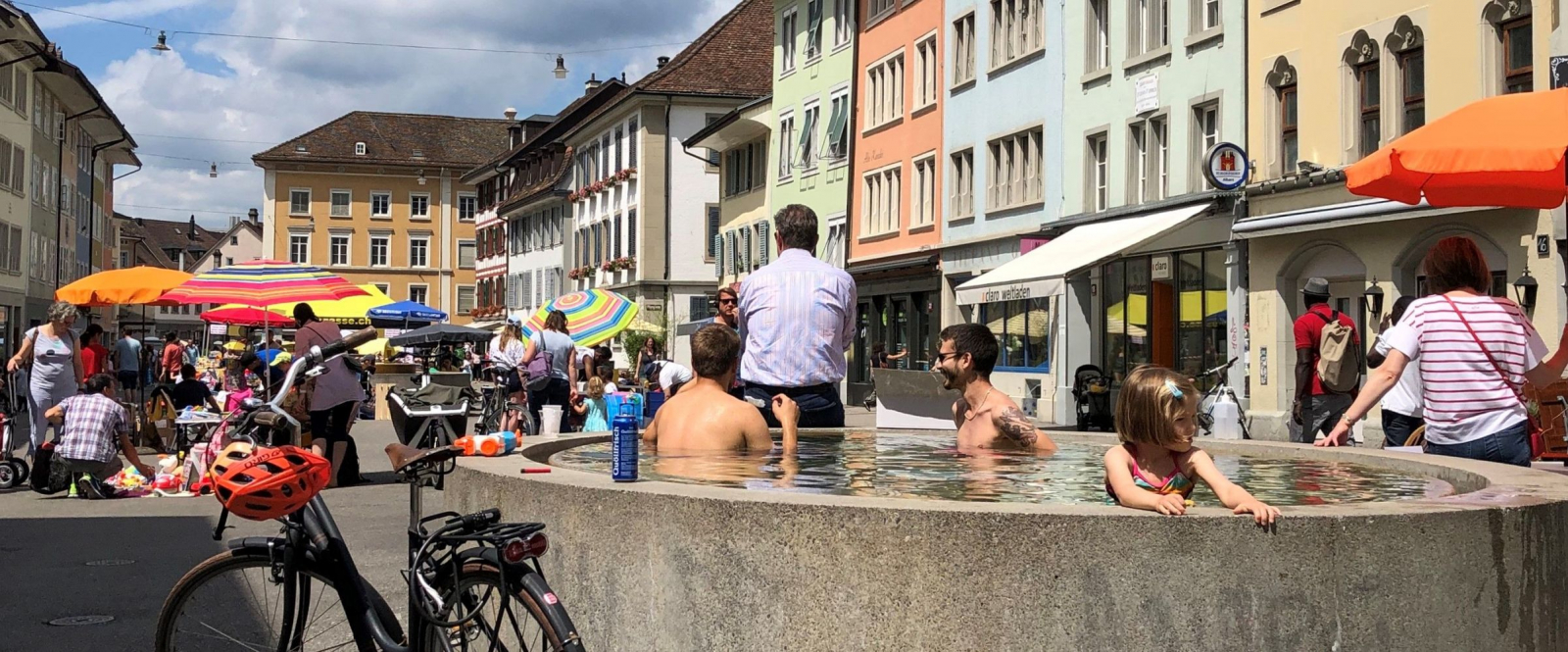
Utilization concept & guidelines for public-space design in Winterthur
Aiming to enhance and preserve the high quality of its public spaces, the Swiss city of Winterthur commissioned EBP to help it develop a utilization concept and guidelines for public-space design.
The appearance of a city’s public spaces is both a mirror of societal changes and a calling card for tourists, investors and people on the lookout for an attractive place to call home. Indeed, owing to population growth, urban concentration and other societal changes, the significance of public spaces has been increasing continuously in recent years.
Creating and preserving appealing public spaces
Like other cities, the city of Winterthur is called upon to maximize the overall utility and aesthetics of its public spaces, spaces including landmarks, parks and other undeveloped locations. To ensure that such spaces continue to offer opportunities for recreation, association and quiet retreat into the future, the city of Winterthur commissioned EBP to develop a basis for both a utilization concept and guidelines for public-space design.
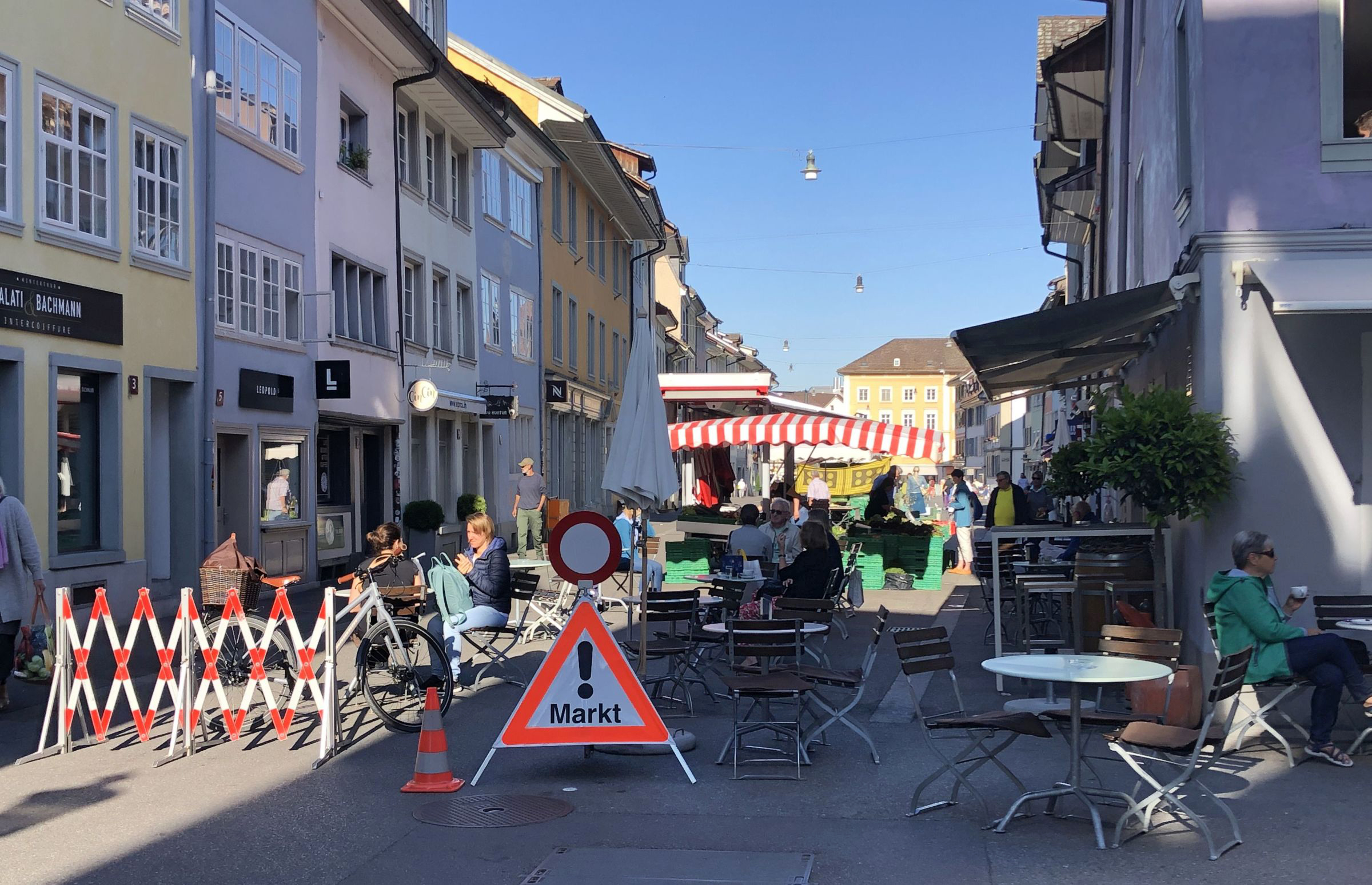
Utilization concept for public spaces
In the context of a preliminary study, we worked out a basis for a public-space utilization concept for Winterthur. The basis includes:
- A comparison with three comparable cities (examples of best practice)
- Assessment of existing city regulations
- Seven interviews with city officials and public-interest groups (including representatives from youth and cultural organizations)
- A detailed analysis of seven focus spaces
- Workshops with city representatives and a support group
We then used our findings to draft and present proposals for further action and the development of the utilization concept.
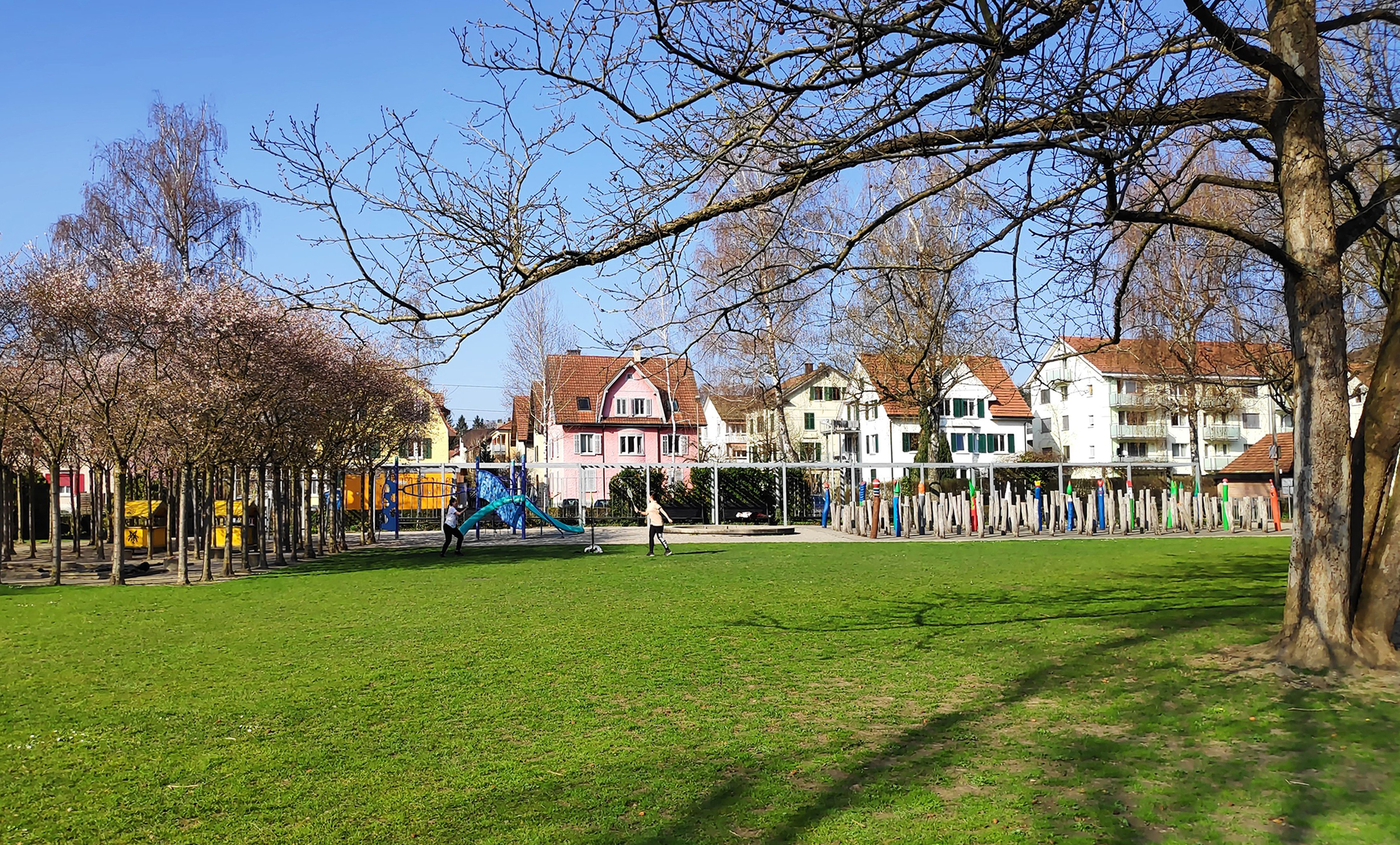
Guidelines for public-space design
We also established a basis for developing a set of guidelines for public-space design. The basis includes:
- An assessment of guidelines used in other cities
- An examination of current processes in Winterthur based on 16 telephone interviews that enabled us to clarify the need for action with regard to design tasks and planning processes
- Draft of a rough concept for the guidelines on public-space design
- Holding of a workshop for city representatives
We then used our findings to develop specifications to be met by an external planning firm.


